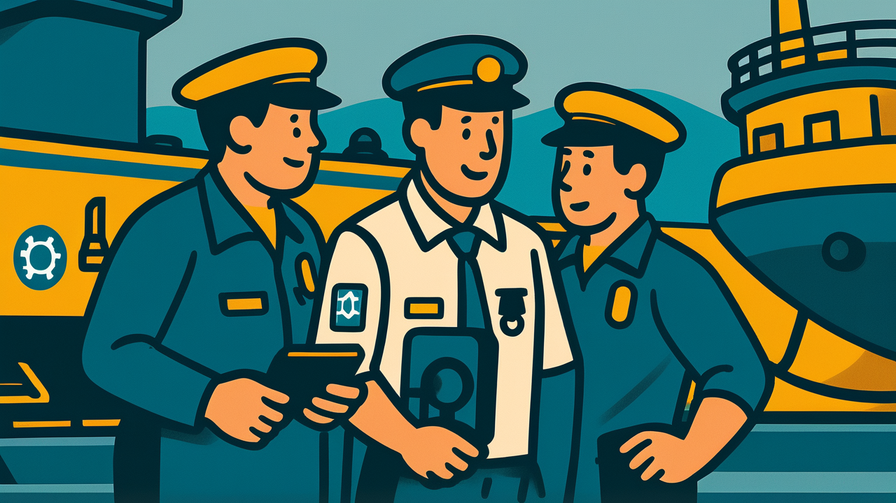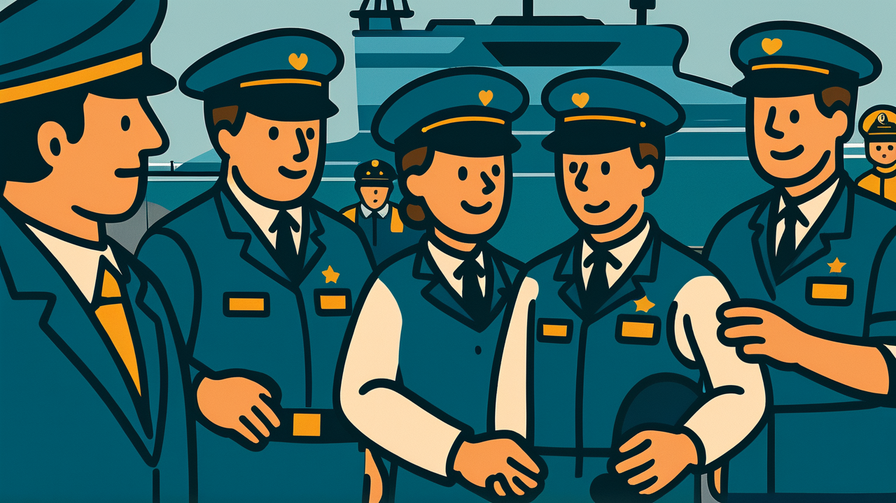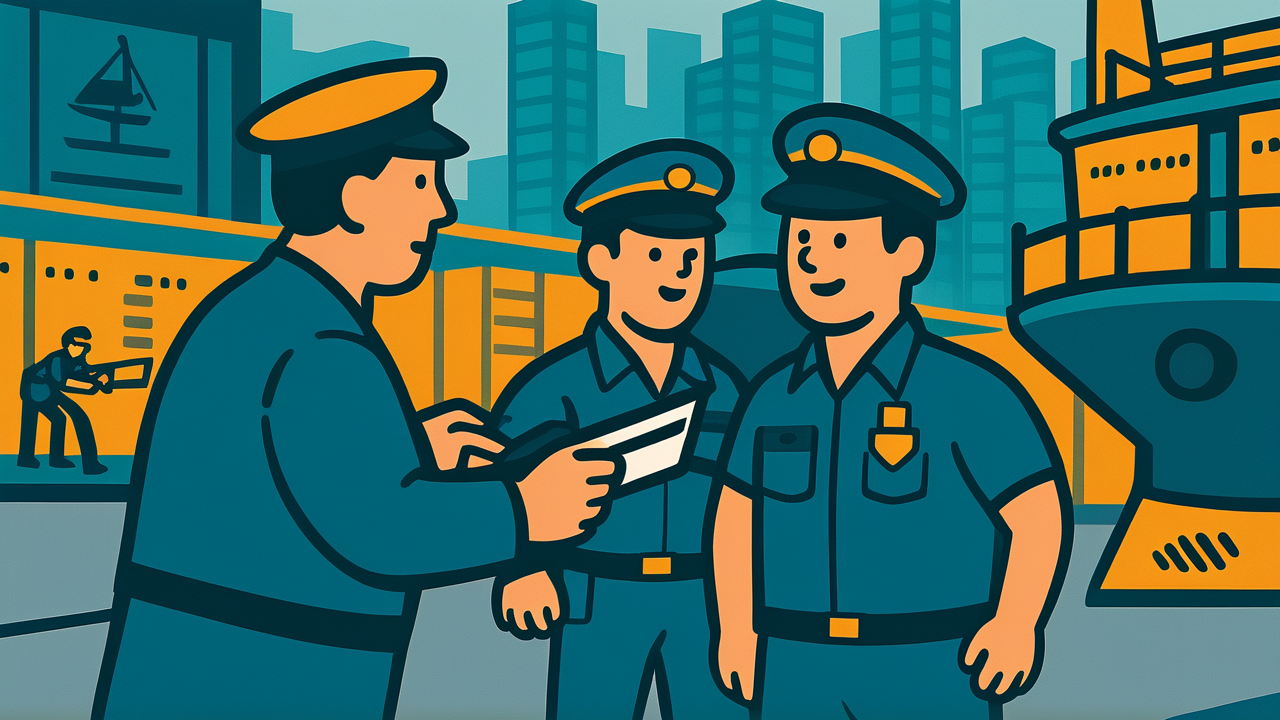[Disclaimer] This article is reconstructed based on information from external sources. Please verify the original source before referring to this content.
News Summary
The following content was published online. A translated summary is presented below. See the source for details.
Commissioner Brunner addressed a press conference following the European Ports Alliance Ministerial Meeting in Helsingør, Denmark on July 22, 2025. The meeting focused on protecting European ports as crucial gateways into the EU internal market. Citing a recent European Union Drugs Agency report, Commissioner Brunner emphasized the urgent need for enhanced port security measures. The European Ports Alliance brings together port authorities, law enforcement, and government officials from across Europe to coordinate efforts against drug trafficking and organized crime. The meeting addressed how criminal networks exploit busy commercial ports to smuggle illegal drugs into Europe, threatening both public safety and legitimate trade. New collaborative strategies were discussed to strengthen security while maintaining the efficient flow of goods that European economies depend on.
Source: European Commission Press Corner
Our Commentary
Background and Context

European ports are like giant doorways for international trade. Every day, thousands of shipping containers arrive at ports like Rotterdam (Netherlands), Antwerp (Belgium), and Hamburg (Germany), carrying everything from smartphones to sneakers to food. These ports are vital for Europe’s economy – about 90% of EU external trade goes through them.
Unfortunately, criminals try to use these same busy ports to smuggle illegal drugs hidden among legitimate cargo. Imagine trying to find a few bad apples in millions of good ones – that’s the challenge port security faces daily.
Helsingør, Denmark (also known as Elsinore in English – the setting of Shakespeare’s Hamlet!) was a symbolic choice for this meeting. It sits at a narrow strait controlling access to the Baltic Sea, highlighting how strategic locations need special protection.
Expert Analysis
The European Ports Alliance represents a coordinated approach to a complex problem. Drug trafficking through ports isn’t just about individual smugglers – it involves sophisticated criminal networks that study shipping patterns, recruit port workers, and use advanced concealment methods.
Recent drug seizures at European ports have reached record levels. In 2024, Antwerp alone seized over 110 tons of cocaine. While this shows enforcement is working, it also indicates the enormous scale of attempted trafficking.
The challenge is balancing security with efficiency – too much checking slows trade and hurts the economy, but too little lets criminals succeed. Modern solutions include AI-powered container scanning, better intelligence sharing between countries, and protecting port workers from criminal corruption.
Additional Data and Fact Reinforcement
European ports handle over 3.7 billion tons of cargo annually. The Port of Rotterdam alone processes about 14.5 million containers yearly – if you stacked them, they’d reach to the moon and back!
Drug trafficking threatens port workers’ safety, as criminal organizations use intimidation and violence to protect their operations. In recent years, there have been kidnappings and threats against customs officials and dock workers who interfere with smuggling.
The economic impact extends beyond crime. When major drug busts occur, legitimate shipments can be delayed for inspections, costing businesses millions. Insurance rates increase, security costs rise, and ports’ reputations suffer.
Related News
This meeting connects to broader EU efforts against organized crime. The European Public Prosecutor’s Office, established in 2021, now prosecutes cross-border crimes including drug trafficking. Europol coordinates intelligence sharing between national police forces.
Technology plays an increasing role. Ports are testing blockchain systems to track containers from origin to destination, making it harder to tamper with shipments. Drones and underwater robots patrol port waters for suspicious activity.
Summary

The European Ports Alliance meeting represents Europe’s determination to keep its ports safe while maintaining their role as trade lifelines. For students interested in careers in international trade, law enforcement, or technology, this field offers diverse opportunities. Port security combines detective work, international cooperation, and cutting-edge technology. Success requires balancing multiple goals: stopping criminals, protecting workers, maintaining trade efficiency, and preserving ports’ economic benefits. As global trade grows and criminal methods evolve, this challenge will only become more important.
Frequently Asked Questions
How do drugs get hidden in shipping containers? Criminals use various methods: hiding drugs inside legitimate products, creating false compartments in containers, or corrupting port workers to place drugs in containers after inspection.
Why can’t they just check every container? Physically inspecting every container would take weeks per ship, grinding global trade to a halt. Instead, authorities use risk analysis, intelligence, and scanning technology to identify suspicious shipments.
What happens when drugs are found? The drugs are seized and destroyed, investigations track the criminal network, and authorities share intelligence with origin and destination countries to catch more members of the smuggling operation.


